Schefflera (Schefflera) or “umbrella tree”, as it is called in its homeland (in the countries of East Asia) is a deciduous plant from the Araliaceae family, numbering in its genus from five hundred to nine hundred different species, among which there are shrubs, trees and vines.
|
The peculiarity of the plant is its unusually shaped palmately dissected leaves, bright green or variegated, with light spots and streaks on a smooth surface. |
| Content:
|
At home, the flower is grown in the form of a tree or a fairly large shrub, which decorates and cleans the room, making it more comfortable and harmonious.
Growing shefflera in an apartment
As an indoor flower, the unpretentious Schefflera grows as a tapeworm plant or as a lush bush of several young crops. For small-thick but tall single shoots, it is recommended to build a support. The flower feels comfortable at home and does not have any special requirements for cultivation and care.
Attention! The culture contains substances that cause discomfort and irritation if they come into contact with any areas of the skin and mucous membranes.
Schefflera varieties
Palmate (Schefflera digitata)
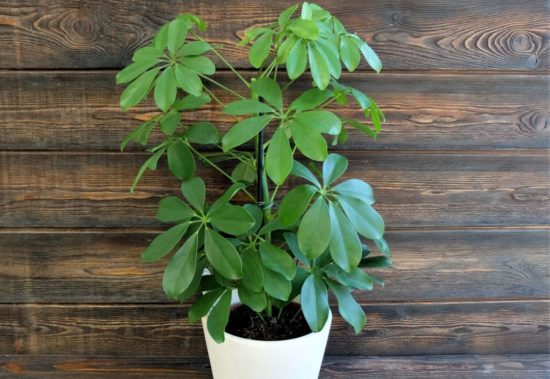
Palmate Schefflera digitata Compact appearance, as if created for indoor growing, as it is unpretentious and shade-tolerant. |
The lush, dense crown consists of rosette-shaped leaves (8 - 10 pieces in each rosette) with a glossy dark green surface. The average height of the bush is from fifty to one hundred and fifty centimeters.
Rayleaf (Schefflera actinophylla)
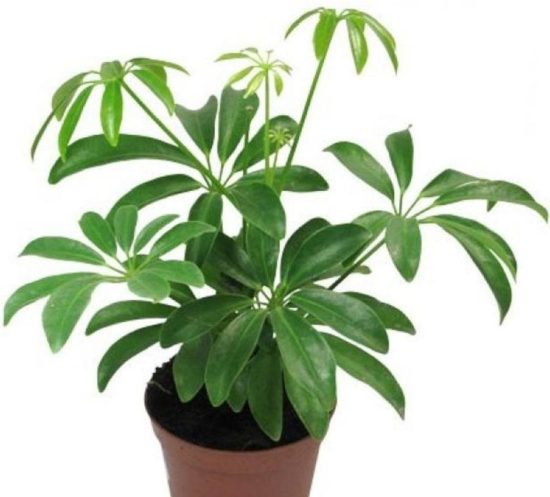
Radifolia Schefflera actinophylla Luzeana |
The tree-like culture consists of several highly branching trunks, palmately complex leaf plates of an olive-green hue up to thirty centimeters long and racemose inflorescences (about forty centimeters in length) with a large number of small bright red flowers. Indoors it can reach a height of two meters.
Arboreal or arboreal (Schefflera arboricol)
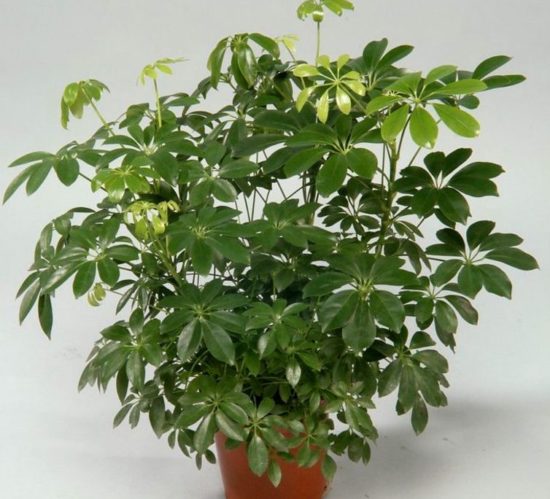
Arboreal (Schefflera arboricol) The most common and popular indoor type of shefflera, consisting of a weakly branched trunk, elegant and at the same time dense leathery leaf plates with a shiny surface, up to eight centimeters wide and up to fifteen centimeters long. |
The plant lends itself well to crown formation and responds positively to pruning. The average height is from one hundred to one hundred and twenty centimeters. Among the many varieties and varieties, there are single-colored and variegated specimens.
For example:
|
Schefflera arboricol Nora |
|
Variety "Golden Chapel" |
|
Variety "Janine" - with spots and wide streaks of cream color on the surface of the leaves. |
Elegant (Schefflera elegantissima)
|
Schefflera The Most Graceful This plant has an unusual and even slightly provocative appearance. |
The highly decorative species consists of a thin trunk with a gray-brown skin, sparsely leafy shoots, large green palmate leaves (8-12 leaflets) about seventeen centimeters long, and long petioles. The average height of a houseplant is from one to one and a half meters.
Growing conditions and care rules
-
Temperature
The optimal temperature for full growth and development is from eighteen to twenty degrees Celsius. In winter, plants need cooler conditions - from fourteen to sixteen degrees. If you provide indoor crops with high-quality lighting throughout the year, the temperature can remain constant within twenty-two to twenty-four degrees.
-
Lighting requirements
Indoor plants require mandatory protection from direct sun and prefer bright, but diffused light. During short daylight hours, fluorescent lamps are used for additional illumination.In the spring and summer months, Schefflera varieties with uniformly colored leaves can be placed in partial shade, but variegated varieties require an individual lighting regime. In the time interval from 11 to 16 hours, plants need to be protected from direct rays of the sun, and the rest of the time they like to bask in its rays.
-
Air humidity
To maintain the high humidity that the “umbrella tree” loves, it is necessary to regularly spray with warm, settled water. In summer and especially in winter (when the air becomes dry due to heating devices or systems), such procedures should be done daily. To increase humidity, you can place the container with the plant in a wide tray with expanded clay or wet moss.
-
Frequency and volumes of irrigation
The flower will withstand a slight drought and underwatering, but it will definitely not survive excess moisture in the soil.
|
Excess water will lead to root rot and the death of the plant in the future. |
That is why crops are watered carefully, in moderate volumes, and only after the top layer of the substrate has dried two to three centimeters.
-
Fertilizer application
Indoor flowers require fertilizing during the period of active growth - from March to August. Complex fertilizers for decorative deciduous indoor crops are applied regularly every fifteen days.
-
Pruning and crown formation
It is best to prune in the spring. If the flower grows in one trunk, then cut off the top of its head into 5-6 buds. After this, side shoots will appear, which also need to be pinched when the desired length is reached.
|
The flower is relatively easy to form |
To obtain a lush bush, several plants are planted in one pot.If the trunk is too bare, then the flower can be cut off to a “stump”, wait for young shoots to appear and start forming again.
|
As a bonsai, Schefflera can be grown at home in an ordinary flower pot. |
Formative pruning is successfully used for Schefflera “Treelike”. It reacts positively to cutting off the top and will soon form several new growth points.
-
Care during the rest period
In the winter season, the indoor flower does not grow, as it is in a dormant period. Maintenance becomes minimal and consists of extremely infrequent watering. Conditions of detention: from fourteen to sixteen degrees Celsius and full lighting during the day.
When and how is transplantation performed?
Young crops are replanted every year, and adults - after two to three years.
Flower containers must be purchased shallow (slightly larger in volume than the previous ones), but preferably heavy (for example, made of clay) so that the growing bush or tree does not tip over from its weight. If you have a light plastic container, it is recommended to place a heavy stone or drainage made of small pebbles on the bottom before planting.
The soil should be light and loose, with good air and water permeability, and a low acidity level. You can take a universal commercial substrate for indoor plants or soil for palm trees. At home, the soil is prepared from equal parts of leaf soil, rotted humus, sand and two parts of purchased substrate or turf soil.
Reproduction methods
Seeds
The seed propagation method is considered ineffective and is not used often. Sowing is carried out in March.Peat soil is mixed with vermiculite (in equal proportions), the seed is buried five millimeters and left for germination in a bright, warm room with a temperature of twenty-two to twenty-four degrees.
|
The first seedlings will appear in about a month. |
By cuttings
In early spring, cuttings about ten to fifteen centimeters long are cut, the cut areas are sprinkled with wood ash or an activated carbon tablet is added to a container of water. The cuttings are left in this container until several roots appear at least five centimeters long.
|
Ready seedlings are transplanted into the ground to a permanent place. |
Air layering
Large plants can be propagated by layering. To do this, in the spring, make a small incision on the trunk of an indoor flower, cover it (along the entire circumference of the trunk) with moistened moss and a layer of plastic film, and fix it.
|
The moss is periodically moistened so that it does not dry out. |
After about four weeks, roots will form at the site of the incision.
|
The stem is cut off along with new roots and planted in a sand-peat substrate. |
Possible problems during cultivation
Lack of light
When choosing a growing location, it is worth remembering that shefflera is not a shade-loving crop. She loves light very much and needs full sunlight. The flower pot must be placed on the northern or eastern window sill, and if there is only a southern and western window, behind a tulle curtain near the window sill.
Excessive watering
The fibrous root system with thin roots does not tolerate stagnation of water and easily rots with regular excessive watering. Plants signal about excess water by wilting or falling off leaves at the bottom of the bush, brown spots on the leaf surface and rotting of the growing point.To prevent the soil from retaining irrigation water for a long time, it is recommended to use only loose soil for planting.
Even a novice gardener can grow an unpretentious beauty Schefflera. The main thing is to create suitable conditions for the plant and provide proper care for it.
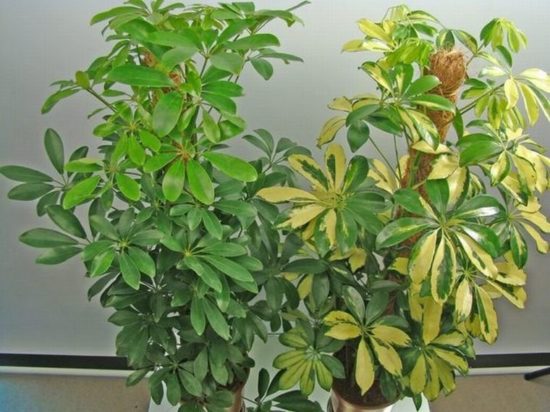
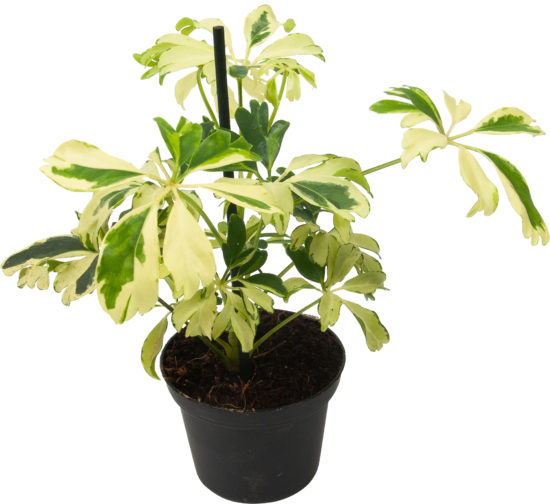
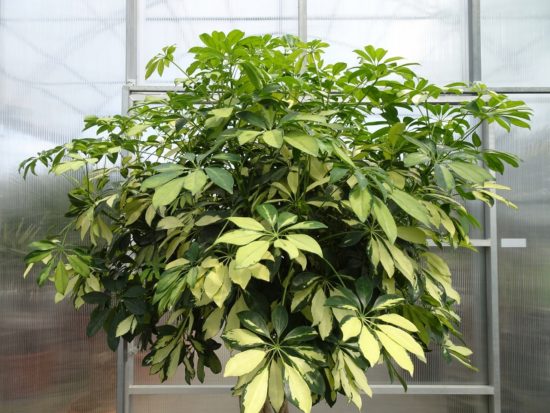

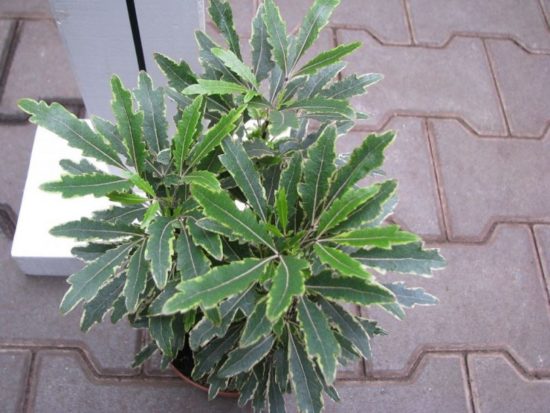
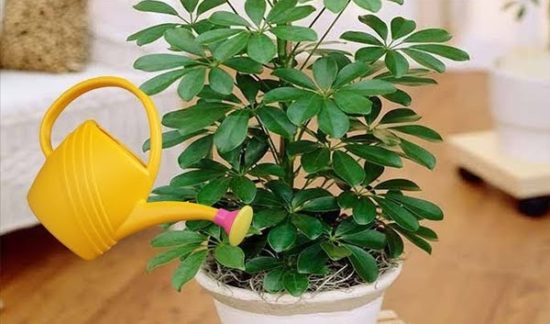
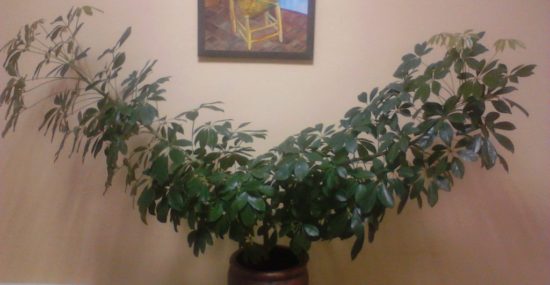
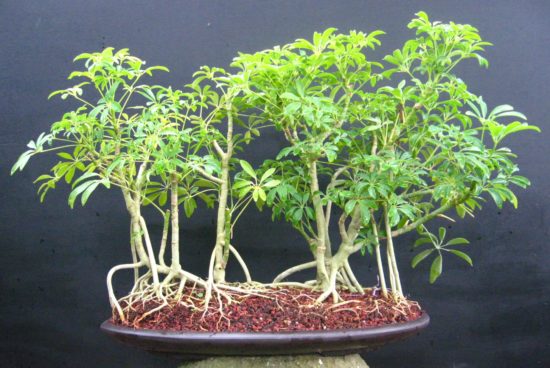
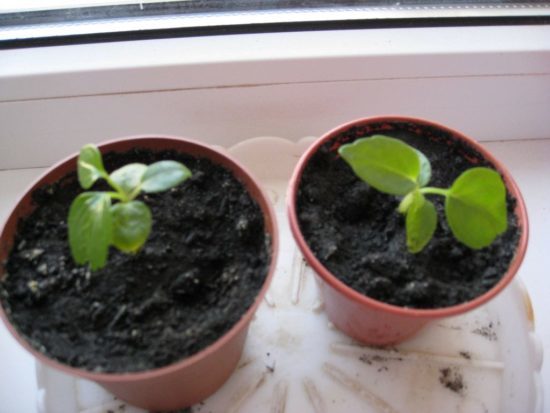
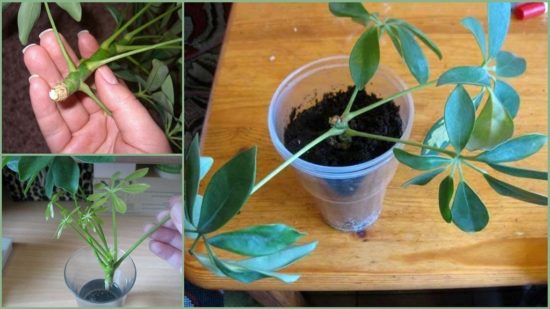
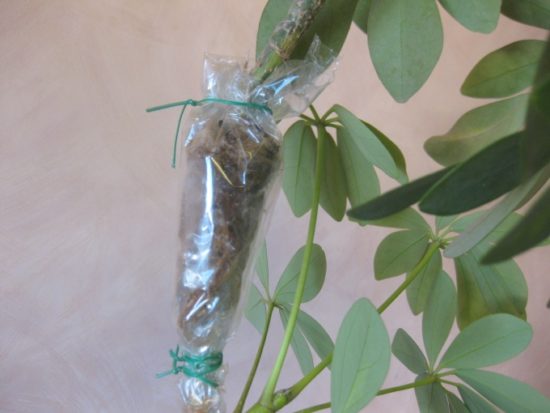
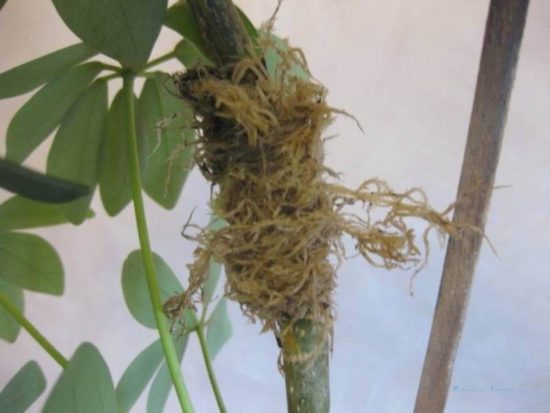

 CUCUMBERS NEVER GET SICK, I'VE BEEN USING ONLY THIS FOR 40 YEARS! I SHARE A SECRET WITH YOU, CUCUMBERS ARE LIKE THE PICTURE!
CUCUMBERS NEVER GET SICK, I'VE BEEN USING ONLY THIS FOR 40 YEARS! I SHARE A SECRET WITH YOU, CUCUMBERS ARE LIKE THE PICTURE! You can dig a bucket of potatoes from each bush. Do you think these are fairy tales? Watch the video
You can dig a bucket of potatoes from each bush. Do you think these are fairy tales? Watch the video
 How our fellow gardeners work in Korea. There is a lot to learn and just fun to watch.
How our fellow gardeners work in Korea. There is a lot to learn and just fun to watch. Eye trainer. The author claims that with daily viewing, vision is restored. They don't charge money for views.
Eye trainer. The author claims that with daily viewing, vision is restored. They don't charge money for views. A 3-ingredient cake recipe in 30 minutes is better than Napoleon. Simple and very tasty.
A 3-ingredient cake recipe in 30 minutes is better than Napoleon. Simple and very tasty. Therapeutic exercises for cervical osteochondrosis. A complete set of exercises.
Therapeutic exercises for cervical osteochondrosis. A complete set of exercises. Which indoor plants match your zodiac sign?
Which indoor plants match your zodiac sign? What about them? Excursion to German dachas.
What about them? Excursion to German dachas.
Under natural conditions, Schefflera blooms with numerous small white flowers. After flowering, clusters of berries appear.